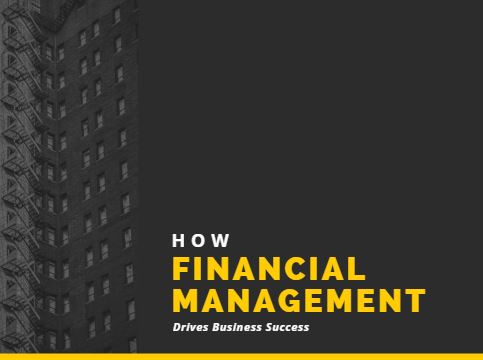
Debt. It’s a word that can send shivers down the spine of any business owner. But let’s face it, debt is a natural part of growth for many companies. According to a Federal Reserve Banks Survey, nearly 59% of small businesses consider themselves to be in just okay or even bad financial shape.This statistic highlights the prevalence of debt and the importance of effective debt management strategies.
The key lies not in avoiding debt altogether, but in managing it effectively. So, how can growing businesses navigate the world of debt and ensure it strengthens, rather than weakens, their foundation? Let’s explore some key debt management techniques:
1. Building a Strong Foundation
Budgeting & Cash Flow Management The cornerstone of effective debt management is a solid financial plan. This starts with a comprehensive budget that outlines your projected income and expenses. By meticulously tracking your cash flow, you can identify areas for cost-cutting and ensure there’s enough wiggle room to service your debt comfortably.
2. Prioritizing Debt
Not All Debts Are Created Equal Not all debt is created equal. Ideally, you should prioritize high-interest debt, such as credit card balances, and tackle those first. Consider consolidating high-interest debt into a lower-interest loan to free up cash flow and expedite repayment. Additionally, explore options for extending repayment terms on existing loans, potentially lowering your monthly payments.
3. Negotiating Power
Renegotiating Loan Terms Many businesses don’t realize their bargaining power when it comes to loans. If you have a good track record of making timely payments, reach out to your lenders and negotiate for lower interest rates or better terms. This can significantly reduce your overall debt burden.
4. Debt Diversification
Exploring Different Financing Options Don’t rely solely on traditional bank loans. Explore alternative financing options like equipment leasing, lines of credit, or invoice factoring. Each option has its own advantages and disadvantages. Make sure to carefully evaluate your needs and choose the one that best suits your business model.
The Power of Learning to Say No to Debt Sometimes, the best debt management strategy is to avoid debt altogether. Before taking on a new loan, carefully assess if it’s truly necessary for your business goals. Explore alternative financing methods like equity crowdfunding or bootstrapping if possible.
6. Knowledge is Power:
Equipping Yourself with Financial Expertise Financial planning and debt management are complex topics. Consider enrolling in a PG Diploma in Finance program. Distance certificate courses provide valuable insights into financial management, risk assessment, and strategic decision-making. MIT School of Distance Education offers top PG Diploma in finance courses, designed for busy professionals and fresh graduates alike.
Benefits of such courses include:
Online Learning: PGDM courses offered through distance learning centers allow you to gain valuable financial expertise without disrupting your busy schedule. You can learn at your own pace, from the comfort of your home or office.
Real-World Application: MITSDE’s curriculum for its PGDM finance course is designed
by industry experts. This ensures that you learn practical skills and strategies directly
applicable to the modern financial landscape.
Career Advancement: A PG Diploma course in financial services equips you with the knowledge and confidence to navigate complex financial situations. This can open doors to new career opportunities and higher earning potential.
Debt management is an ongoing process. By implementing these techniques and continuously monitoring your finances, you can keep your debt under control and ensure your business
thrives on a solid financial foundation. Remember, a PGDM in Finance in Pune can be your key
to unlocking financial mastery for your business. So, take control of your finances, implement



